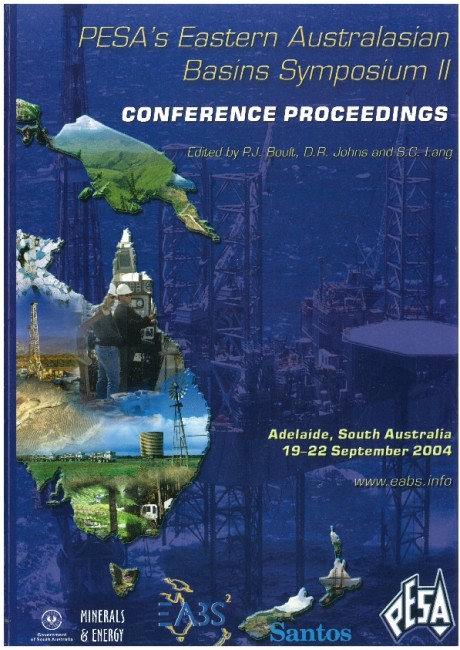Publication Name: PESA's Eastern Australasian Basin Symposium II
Authors: R.S. Root, C.M. Gibson-Poole, S.C. Lang, J.E. Streit, J. Underschultz and J. Ennis-King
Date Published: December 2004
Number of Pages: 39
Reference Type: Book Section
Abstract:
Geological storage of carbon dioxide may be a practical option for reducing greenhouse gas emissiOns to theatmosphere. The unique physical and chemical characteristics of CO, at reservoir conditions require integrated reservoir characterisation studies and numerical simulation to identify critical uncertainties and to develop a predictive understanding of CO, behaviour in the subsurface.
This paper provides an overview of a technical evaluation of the Central Deep area in the offshore Gippsland Basin for geological CO, storage, focusing on the Eocene upper Latrobe Group as the conceptual injection target. The strategy proposed is to inject supercritical CO, in the structurally low area of a regional eastward-plunging anticline, resulting in up-dip CO, migration northeast towards the Marlin/Turrum fields and then west-northwest along the anticlinal axial trend towards the Snapper field. Key technical uncertainties include the geomechanical behaviour of faults as a response to pore pressure increase, as well as the effect of hydrodynamic flow, which has been altered by hydrocarbon production in and around the Central Deep area.
A cellular, stochastically populated geological model was constructed for numerical flow simulation. Simulation of CO, injection at a rate of 10 Mtonnes/year for 20 years suggests that the final areal distribution of CO, will be primarily controlled by the structure at the base of the regional seal, but stratigraphic architecture and reservoir heterogeneity influences the tortuosity of the migration path locally and the rate of up-dip CO, migration. CO, is expected to be structurally trapped in depleted hydrocarbon fields along the migration path after several decades before complete dissolution in the formation water. Dissolution is the most important trapping mechanism over the long term (l ,OOOs of years), but structural trapping and residual gas trapping behind the mobile CO, plume are important mechanisms in the short term (10s-100s of years).


